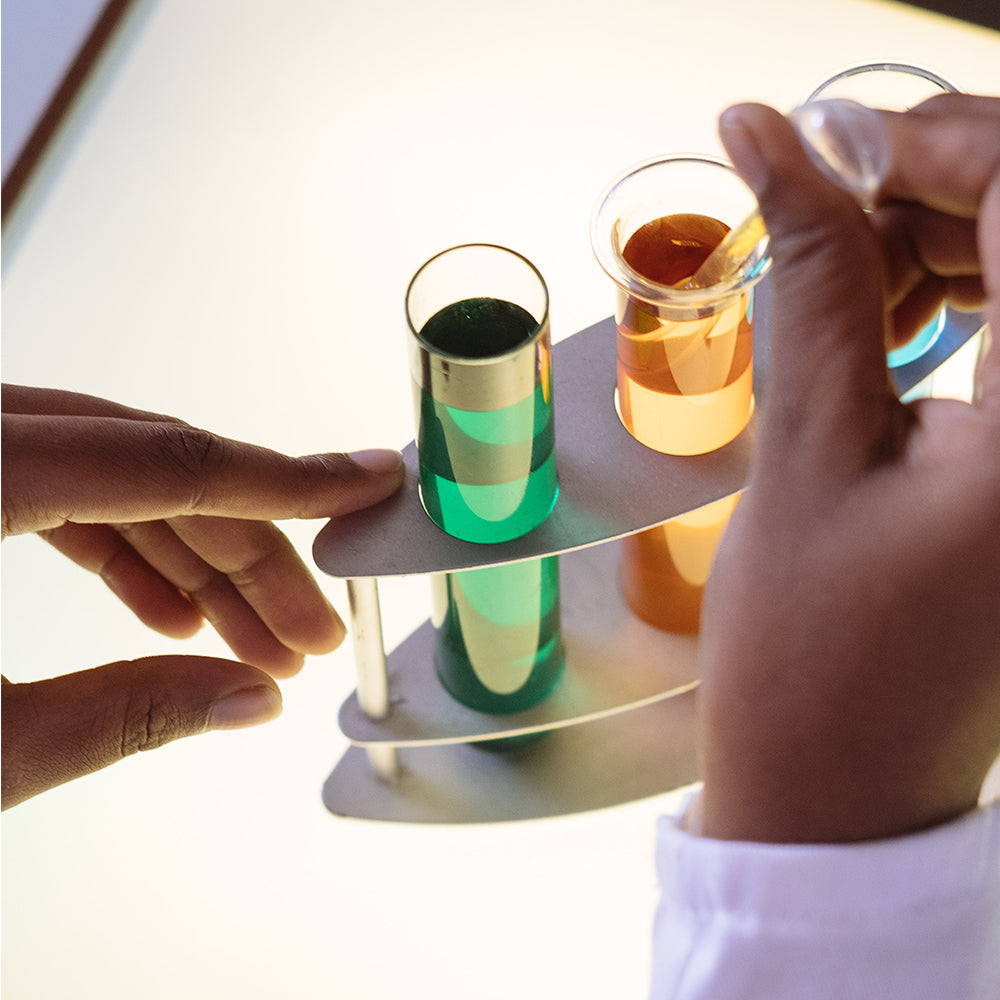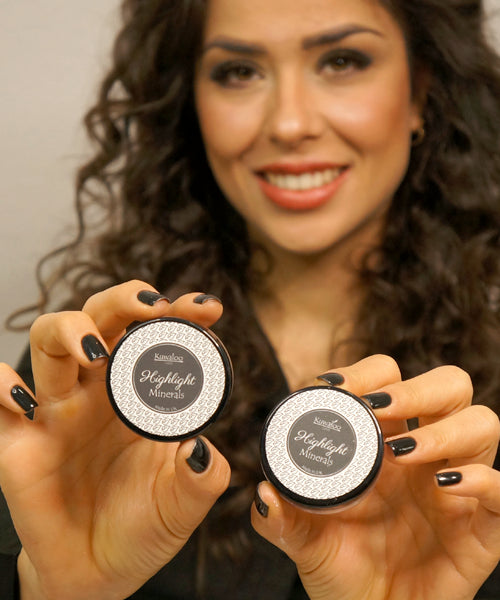
0 Comments
Toxic Beauty Ingredients That You Should Be Avoiding
Most of us rely on the big organizations of our countries to control what goes on our personal care supplies. However, that it not exactly what happens. There are thousands of chemicals in daily-routine products which are absorbed into our bodies and often harmful other than nourishing.
The beauty industry is highly unregulated, with minimum approval processes in place (mainly for colour additives & over-the-counter drugs classified ingredients).
These companies have a lot of freedom in adding these ingredients to their products without any review or approval from governmental institutions.
There are numerous harmful chemicals to the human body which are used in the cosmetic industry, most are skin irritants, endocrine disruptors and carcinogenic! The biggest reason manufacturers will choose to use these chemicals are often to obtain cheaper cost prices, which gives them a lot of power to sell in large quantities and at a very good profit/cost ratio.
We list you some below so you can look for them on your daily routine beauty product labels and/or whenever you next go to purchase you favourites.
Before listing, we would like to talk about what is the endocrine system and why is it important (in case you do not already know).
The endocrine system is the group of glands that produce hormones that regulate metabolism, growth and development, tissue function, sexual function, reproduction, sleep, and mood, among other things. Endocrine disrupting chemicals are chemicals that can interfere with endocrine (or hormonal) systems. These disruptions can cause cancerous tumours, birth defects, and other developmental disorders.
Phthalates
The main phthalates in cosmetics and personal care products are dibutyl phthalate in nail polish, diethyl phthalate in perfumes and lotions, and dimethyl phthalate in hair spray. They are used in cosmetics to increase the softness and flexibility of plastics, having been linked to increased risk of breast cancer, early breast development in girls and reproductive birth defects in both males and females. It can be found in deodorants, perfumes/colognes, hair sprays and moisturizers and are not always specified in the label, being often disclosed as “fragrances” (in dept further below).
Parabens
These chemicals can be found in facial cleansers, shampoos, deodorants, body washes and makeup and even though they are widely used as preservatives that prevent the growth of bacteria, yeast and mold in cosmetics they possess estrogen-mimicking properties that are strongly associated with increasing the risk of breast cancer. They are easily obsorbed by our skin and have been identified in biopsy samples from breast tumors. It’s a cheaper preservatives to the fully natural ones.
Synthetic colours
Often in your cosmetic’s labels you will find D&C (Drug and Cosmetics) followed by a colour and number (e.g: D&C Blue 1). These synthetic colours are derived from coal tar and petroleum sources and have been linked to ADHD in children and suspected as a human carcinogen. The European Union as banned the used of these chemicals in the European countries.
Triclosan
Famously known for being a endocrine disruptor (mainly with thyroid and reproductive hormones) and a skin irritant, this widely used antimicrobial chemical contributes to making bacteria antibiotic-resistant. Can be found in deodorants, antibacterial soaps and toothpastes. Also there isn’t yet enough evidence that washing with antibacterial soaps (containing triclosan) provides any sort of benefit over washing with regular soaps.
SLS’s
Sodium Lauryl Sulfate and Sodium Laureth Sulfate (SLES) are surfactants that can be found in more than 90% of personal care products (foam products). The biggest concern over SLS’s are their dangerous potential to combine and interact with other chemicals, forming nitrosamines (a know carcinogen). They can be found in Acne treatment products, Mascaras, Shampoos, Body wash and cleansers. Can cause kidney and respiratory damage but are more know for being skin, lung and eye irritants.
Formaldehyde
Classified as a Human carcinogen by the International Agency for Research on Carcinogens (IARC), these and FRP’s (Formaldehyde-releasing preservatives) have been linked to nasal and nasopharyngeal cancer. It can be found as a chemical to help prevent bacteria growth (similar to Parabens) in Nail Polish – and nail polish treatments, eye shadows, cleansers, shampoos & conditioners and body washes. Known for causing allergic skin reactions and harmful to the immune system.
Propylene glycol
Mostly found in moisturizers, makeup products, sunscreen, hair sprays, shampoo and conditioners are often used as a skin-conditioning agent. It has been associated with causing dermatitis and hives in Humans and it is classified as a skin penetrator and irritant (effects being manifested at concentrations as low as 2% of propylene glycol).
Toluene
This petrochemical can be found in hair colour/bleaching products, nail polish and nail polish treatments listed on the labels as benzene, toluol, phenylmethane and/or methylbenzene. Derived from coal tar or petroleum sources, toluene is a potent solved capable of dissolving paint. Pregnant ladys should avoid exposure to its vapours as it might cause development damage to their fetus. Mostly known for irritating the skin, causing nausea and affecting the respiratory system.
Sunscreen chemicals
There are a variety of chemicals used to absorb ultraviolet light, their most common names are ethoxycinnmate, homosalate, avobenzone, PABA and benzophenone. Cheaper than the natural absorbents this chemicals are easily absorbed into the body and are related to cellular damage and cancer.
Fragrance
Left for last, “Fragrance” is indeed the scariest of all. Why? The unknown identity of these mixes. The term was created to protect company’s “secret formulas”. Often found on moisturizers, body wash, perfume/cologne, shampoos and conditioners, these formulas might contain tons of endocrine disruptor chemicals that are hazardous to our health. These fragrance mixes have been associated with potential effects on the reproductive system, respiratory distress, dermatitis and allergies, according to the Environmental Working Group (EWG).
You might not be able to fully avoid every chemical but minimizing their usage will improve (or not damage) your health. Educate yourself and do your research before you buy, in the Era of Information we have available at the tips of our fingers all the data we want, simply need to look for it.
We recommend you to check out the EWG's Skin Deep Database to research toxic chemicals that could be in your cosmetic and personal care products.

